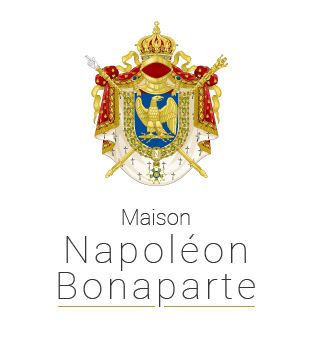FR | EN
THE IMPERIAL
FAMILY
An individual and collective
commitment in the service
of France
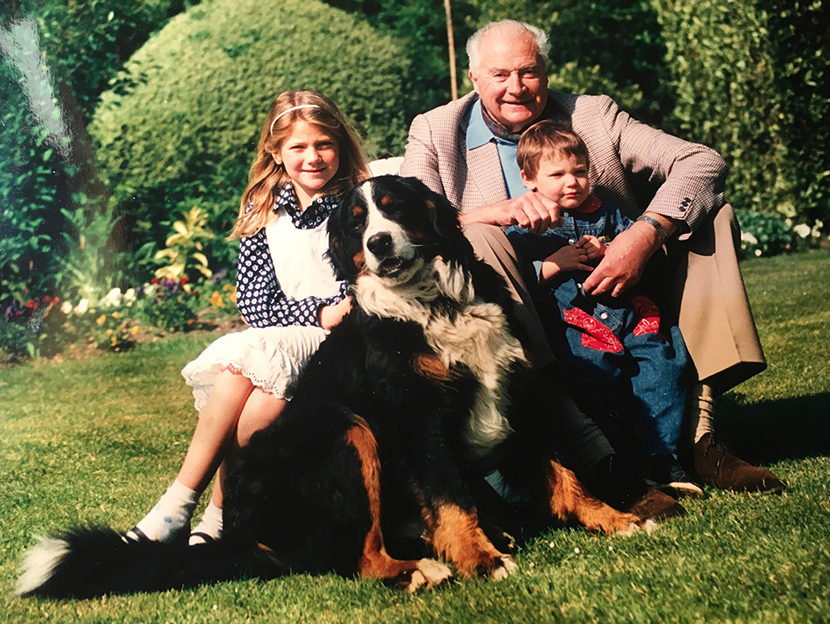
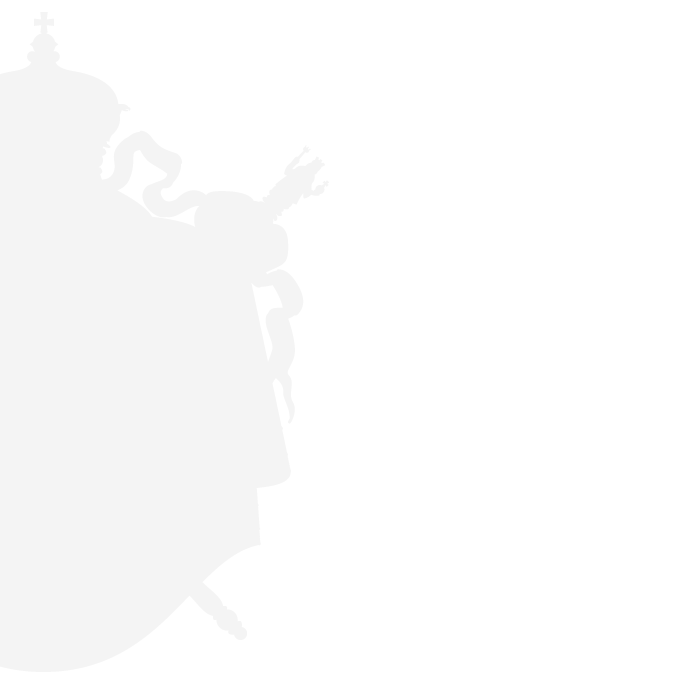
H.I.H. Prince Napoleon
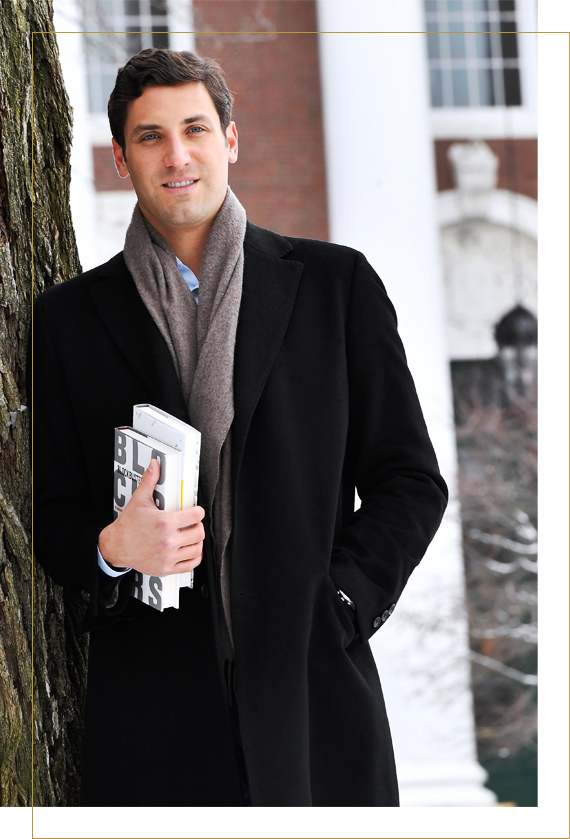
Prince Jean-Christophe Napoleon Bonaparte was born on 11 July 1986 in Saint-Raphaël, France. He is the only son of Prince Charles Bonaparte and Princess Beatrice of Bourbon-Two Sicilies. He is thus related to both French Emperors, through Jerome Bonaparte, King of Westphalia and brother of Napoleon I, by his father, and to the Kings of France, such as Henry IV and Louis XIV, by his mother, but also to most of the European royal families.
He has been the head of the Imperial House of France since the death of his grandfather, Prince Louis Napoleon Bonaparte, on 3 May 1997, and thus bears the title of Prince Napoleon. He is now the only legitimate male descendant of his generation bearing the Bonaparte surname, and represents his family in official ceremonies in France and abroad.
He studied at the Institution Saint-Dominique, Neuilly-sur-Seine, in secondary school. Prince Napoleon is a graduate of HEC Paris, Harvard University and now works in London as an investor.
On 17 and 19 October 2019, in Paris, Prince Jean-Christophe married, civilly and then religiously, Countess Olympia von und zu Arco-Zinneberg, Austrian and German, born on 4 January 1988. She is the daughter of Count Riprand von und zu Arco-Zinneberg and Archduchess Maria-Beatrice of Austria-Este. The countess is thus the great-granddaughter of the last Austrian emperor, Charles I, and the great-grandniece of Empress Marie-Louise, the second wife of Napoleon I.
Olympia,
H.I.H. Princess Napoleon
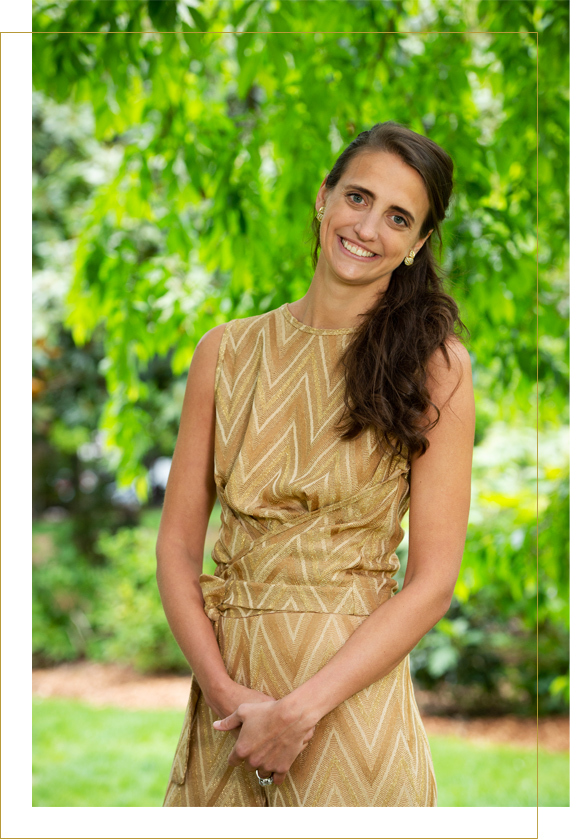
Countess Olympia von und zu Arco-Zinneberg was born on 4 January 1988 and is Austrian and German. She is the daughter of Count Riprand von und zu Arco-Zinneberg (great-grandson of King Ludwig III of Bavaria) and Archduchess Maria Beatrice of Austria-Este (daughter of Archduke Robert of Austria-Este, son of Charles I, the last Emperor of Austria-Hungary, and Princess Margherita of Savoy-Aosta). Princess Napoleon studied in the United States. She graduated in political science from Yale University and in art history from Columbia University. She now works in London as the creator and chief curator of a photography collection.
The Symbols of Empire
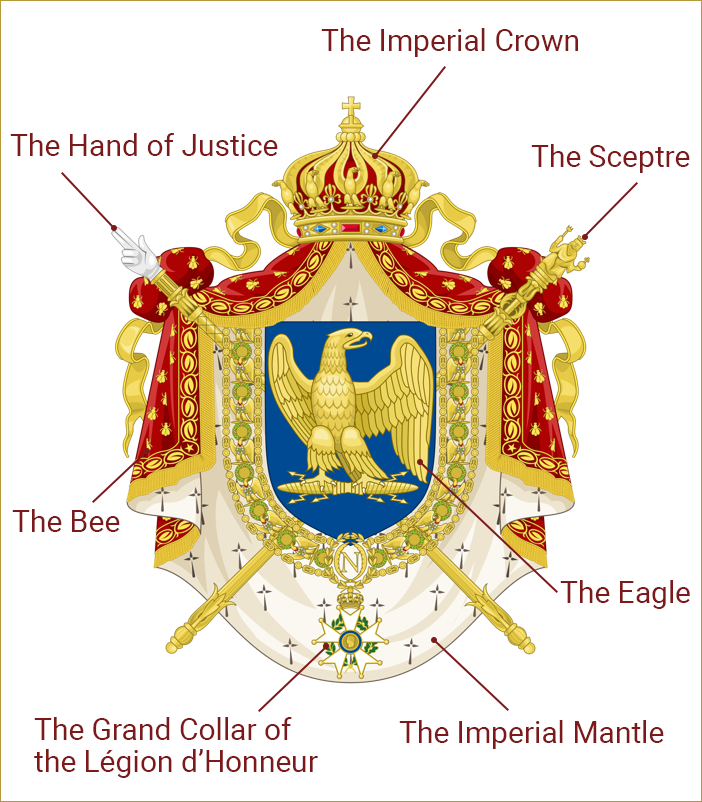
The eagle and bee, emblems of the First and later Second Empire, have become so familiar that it is easy to forget their origin and meaning.
The creation of the coat of arms
Proclaimed Emperor of the French on 28 Floréal, An XII (18 May, 1804), Napoleon approached the problem of the emblems of sovereignty on 23 Prairial (12 juin) during a session of the Conseil d’Etat. The choice of the new symbols so as to make a clean break with the monarchy of the Ancien Régime proved difficult. Crétet proposed successively an eagle, a lion and an elephant. Cambacérès preferred bees since France was a republic with a head, like a hive; Ségur thought that a lion would be better, stronger than the English leopard; Laumond was for the elephant, ” the strongest of animals “; Duroc preferred the oak and Lebrun the fleur de lys, which he felt was the emblem of France and not the Bourbons. The Conseil d’Etat finally went for the cockerel, but Napoleon preferred the lion. However, on 21 Messidor, An XII (10 July, 1804), the emperor crossed out the lion from the decree instituting his seal and coat of arms and imposed the eagle. Developed by Denon, Gay and Biennais, the ‘armes de l’Empire’ (Empire coat of arms), taking their inspiration from both Ancient Rome and Charlemagne, were re-used largely unchanged by the Second Empire.
The coat of arms comprises the following elements:
The Eagle
he principal element of the new shield, this symbol of imperial Rome, Jupiter’s bird, was associated from the earliest antiquity with military victory. The decree of 10 July, 1804 stipulates that the coat of arms of the emperor should be: ” d’azur à l’aigle à l’antique d’or, empiétant un foudre du même ” (azure with a gold, ancient eagle clutching a thunderbolt of the same colour). This eagle, very different from the motifs of traditional heraldry, also took elements from the Carolingian eagle. The day after the coronation, Napoleon had an eagle placed at the top of the shaft of every flag in the Napoleonic army.
The Bee
Symbol of immortality and resurrection, the bee was chosen so as to link the new dynasty to the very origins of France. Golden bees (in fact, cicadas) were discovered in 1653 in Tournai in the tomb of Childeric I, founder in 457 of the Merovingian dynasty and father of Clovis. They were considered as the oldest emblem of the sovereigns of France.
The Grand Collar of the Légion d’honneur
Created on 29 Floréal, An X (19 May, 1802) as a decoration for military and civil services, the Légion d’honneur took its name from ancient Rome. The grand collar of the Légion d’honneur, reserved for the emperor, princes of the imperial family and grand dignitaries, is composed of a gold chain made of 16 trophies linked by eagles with the ribbon and cross of the order at their necks. This grand collar is bordered on either side by a small chain alternating stars and bees. The central motif, the Napoleonic N, is encircled by a laurel wreath and supports the cross of the Légion d’honneur, a five-pointed pommel-pointed star, in white enamel. In the centre is the laurel-crowned profile of the emperor, the whole surmounted by the imperial crown.
The Hand of Justice and the Sceptre
Both ” Honneurs ” of Charlemagne and re-used for the coronation of 2 December, 1804, the hand and sceptre appear (crossed) on the imperial coat of arms. The sceptre, the baton of command, sign of sovereign authority, is that of Charlemagne and at the end is mounted a statuette of the first Emperor of the West. The reconstituted Hand of Justice is a stick mounted with a ivory hand which gives a benediction.
The Crown and the Imperial Mantle
The escutcheon stands out from the imperial cape which is similar to that used by the peers of France. Scarlet velvet spread with bees, and bordered with grape clusters, gold fringes, the cape is lined with ermine and is held in place by the crown made of eagles with raised wings alternating with arcs, the whole topped with a globe bearing a cross.
FR | EN
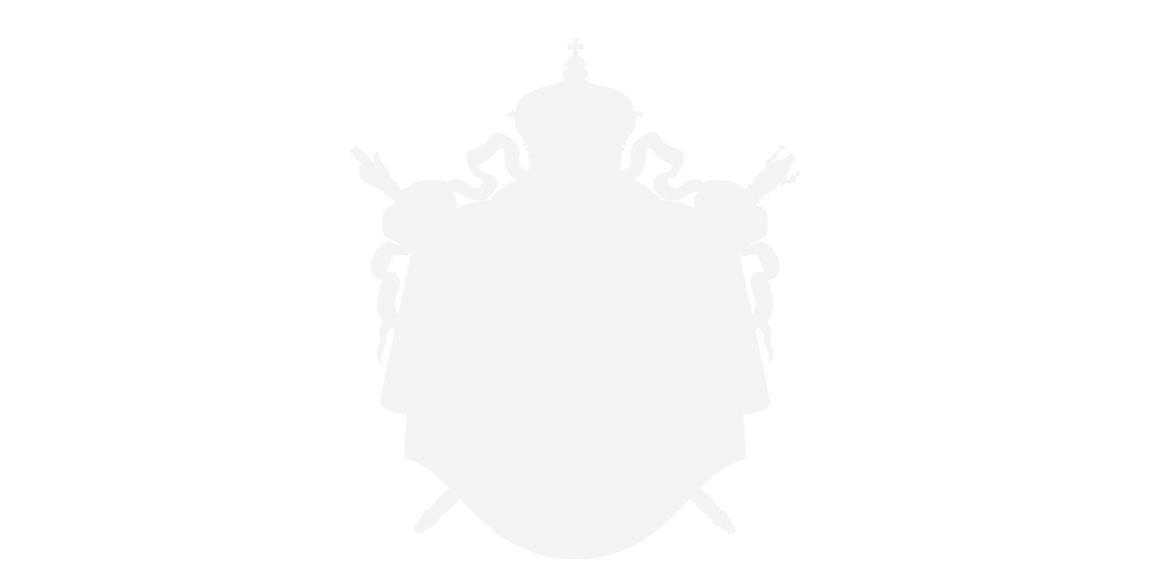
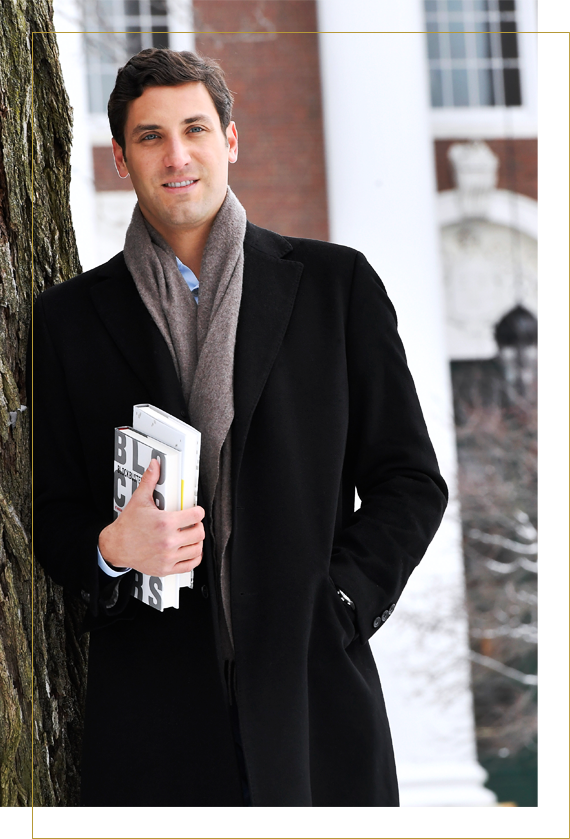
H.I.H. Prince Napoleon
Prince Jean-Christophe Napoleon Bonaparte was born on 11 July 1986 in Saint-Raphaël, France. He is the only son of Prince Charles Bonaparte and Princess Beatrice of Bourbon-Two Sicilies. He is thus related to both French Emperors, through Jerome Bonaparte, King of Westphalia and brother of Napoleon I, by his father, and to the Kings of France, such as Henry IV and Louis XIV, by his mother, but also to most of the European royal families.
He has been the head of the Imperial House of France since the death of his grandfather, Prince Louis Napoleon Bonaparte, on 3 May 1997, and thus bears the title of Prince Napoleon. He is now the only legitimate male descendant of his generation bearing the Bonaparte surname, and represents his family in official ceremonies in France and abroad.
He studied at the Institution Saint-Dominique, Neuilly-sur-Seine, in secondary school. Prince Napoleon is a graduate of HEC Paris, Harvard University and now works in London as an investor.
On 17 and 19 October 2019, in Paris, Prince Jean-Christophe married, civilly and then religiously, Countess Olympia von und zu Arco-Zinneberg, Austrian and German, born on 4 January 1988. She is the daughter of Count Riprand von und zu Arco-Zinneberg and Archduchess Maria-Beatrice of Austria-Este. The countess is thus the great-granddaughter of the last Austrian emperor, Charles I, and the great-grandniece of Empress Marie-Louise, the second wife of Napoleon I.
Olympia, H.I.H. Princess Napoleon
Countess Olympia von und zu Arco-Zinneberg was born on 4 January 1988 and is Austrian and German. She is the daughter of Count Riprand von und zu Arco-Zinneberg (great-grandson of King Ludwig III of Bavaria) and Archduchess Maria Beatrice of Austria-Este (daughter of Archduke Robert of Austria-Este, son of Charles I, the last Emperor of Austria-Hungary, and Princess Margherita of Savoy-Aosta). Princess Napoleon studied in the United States. She graduated in political science from Yale University and in art history from Columbia University. She now works in London as the creator and chief curator of a photography collection.


The Symbols of Empire
The eagle and bee, emblems of the First and later Second Empire, have become so familiar that it is easy to forget their origin and meaning.
The creation of the coat of arms
Proclaimed Emperor of the French on 28 Floréal, An XII (18 May, 1804), Napoleon approached the problem of the emblems of sovereignty on 23 Prairial (12 juin) during a session of the Conseil d’Etat. The choice of the new symbols so as to make a clean break with the monarchy of the Ancien Régime proved difficult. Crétet proposed successively an eagle, a lion and an elephant. Cambacérès preferred bees since France was a republic with a head, like a hive; Ségur thought that a lion would be better, stronger than the English leopard; Laumond was for the elephant, ” the strongest of animals “; Duroc preferred the oak and Lebrun the fleur de lys, which he felt was the emblem of France and not the Bourbons. The Conseil d’Etat finally went for the cockerel, but Napoleon preferred the lion. However, on 21 Messidor, An XII (10 July, 1804), the emperor crossed out the lion from the decree instituting his seal and coat of arms and imposed the eagle. Developed by Denon, Gay and Biennais, the ‘armes de l’Empire’ (Empire coat of arms), taking their inspiration from both Ancient Rome and Charlemagne, were re-used largely unchanged by the Second Empire.
The coat of arms comprises the following elements:
The Eagle
he principal element of the new shield, this symbol of imperial Rome, Jupiter’s bird, was associated from the earliest antiquity with military victory. The decree of 10 July, 1804 stipulates that the coat of arms of the emperor should be: ” d’azur à l’aigle à l’antique d’or, empiétant un foudre du même ” (azure with a gold, ancient eagle clutching a thunderbolt of the same colour). This eagle, very different from the motifs of traditional heraldry, also took elements from the Carolingian eagle. The day after the coronation, Napoleon had an eagle placed at the top of the shaft of every flag in the Napoleonic army.
The Bee
Symbol of immortality and resurrection, the bee was chosen so as to link the new dynasty to the very origins of France. Golden bees (in fact, cicadas) were discovered in 1653 in Tournai in the tomb of Childeric I, founder in 457 of the Merovingian dynasty and father of Clovis. They were considered as the oldest emblem of the sovereigns of France.
The Grand Collar of the Légion d’honneur
Created on 29 Floréal, An X (19 May, 1802) as a decoration for military and civil services, the Légion d’honneur took its name from ancient Rome. The Grand Collar of the Légion d’honneur, reserved for the emperor, princes of the imperial family and grand dignitaries, is composed of a gold chain made of 16 trophies linked by eagles with the ribbon and cross of the order at their necks. This grand collar is bordered on either side by a small chain alternating stars and bees. The central motif, the Napoleonic N, is encircled by a laurel wreath and supports the cross of the Légion d’honneur, a five-pointed pommel-pointed star, in white enamel. In the centre is the laurel-crowned profile of the emperor, the whole surmounted by the imperial crown.
The Hand of Justice and the Sceptre
Both ” Honneurs ” of Charlemagne and re-used for the coronation of 2 December, 1804, the hand and sceptre appear (crossed) on the imperial coat of arms. The sceptre, the baton of command, sign of sovereign authority, is that of Charlemagne and at the end is mounted a statuette of the first Emperor of the West. The reconstituted Hand of Justice is a stick mounted with a ivory hand which gives a benediction.
The Crown and the Imperial Mantle
The escutcheon stands out from the imperial cape which is similar to that used by the peers of France. Scarlet velvet spread with bees, and bordered with grape clusters, gold fringes, the cape is lined with ermine and is held in place by the crown made of eagles with raised wings alternating with arcs, the whole topped with a globe bearing a cross.
FR | EN

HOME > THE IMPERIAL FAMILY

H.I.H. Prince Napoleon
Prince Jean-Christophe Napoleon Bonaparte was born on 11 July 1986 in Saint-Raphaël, France. He is the only son of Prince Charles Bonaparte and Princess Beatrice of Bourbon-Two Sicilies. He is thus related to both French Emperors, through Jerome Bonaparte, King of Westphalia and brother of Napoleon I, by his father, and to the Kings of France, such as Henry IV and Louis XIV, by his mother, but also to most of the European royal families.
He has been the head of the Imperial House of France since the death of his grandfather, Prince Louis Napoleon Bonaparte, on 3 May 1997, and thus bears the title of Prince Napoleon. He is now the only legitimate male descendant of his generation bearing the Bonaparte surname, and represents his family in official ceremonies in France and abroad.
He studied at the Institution Saint-Dominique, Neuilly-sur-Seine, in secondary school. Prince Napoleon is a graduate of HEC Paris, Harvard University and now works in London as an investor.
On 17 and 19 October 2019, in Paris, Prince Jean-Christophe married, civilly and then religiously, Countess Olympia von und zu Arco-Zinneberg, Austrian and German, born on 4 January 1988. She is the daughter of Count Riprand von und zu Arco-Zinneberg and Archduchess Maria-Beatrice of Austria-Este. The countess is thus the great-granddaughter of the last Austrian emperor, Charles I, and the great-grandniece of Empress Marie-Louise, the second wife of Napoleon I.

Olympia, H.I.H. Princess Napoleon
Countess Olympia von und zu Arco-Zinneberg was born on 4 January 1988 and is Austrian and German. She is the daughter of Count Riprand von und zu Arco-Zinneberg (great-grandson of King Ludwig III of Bavaria) and Archduchess Maria Beatrice of Austria-Este (daughter of Archduke Robert of Austria-Este, son of Charles I, the last Emperor of Austria-Hungary, and Princess Margherita of Savoy-Aosta). Princess Napoleon studied in the United States. She graduated in political science from Yale University and in art history from Columbia University. She now works in London as the creator and chief curator of a photography collection.


The Symbols of Empire
The eagle and bee, emblems of the First and later Second Empire, have become so familiar that it is easy to forget their origin and meaning.
The creation of the coat of arms
Proclaimed Emperor of the French on 28 Floréal, An XII (18 May, 1804), Napoleon approached the problem of the emblems of sovereignty on 23 Prairial (12 juin) during a session of the Conseil d’Etat. The choice of the new symbols so as to make a clean break with the monarchy of the Ancien Régime proved difficult. Crétet proposed successively an eagle, a lion and an elephant. Cambacérès preferred bees since France was a republic with a head, like a hive; Ségur thought that a lion would be better, stronger than the English leopard; Laumond was for the elephant, ” the strongest of animals “; Duroc preferred the oak and Lebrun the fleur de lys, which he felt was the emblem of France and not the Bourbons. The Conseil d’Etat finally went for the cockerel, but Napoleon preferred the lion. However, on 21 Messidor, An XII (10 July, 1804), the emperor crossed out the lion from the decree instituting his seal and coat of arms and imposed the eagle. Developed by Denon, Gay and Biennais, the ‘armes de l’Empire’ (Empire coat of arms), taking their inspiration from both Ancient Rome and Charlemagne, were re-used largely unchanged by the Second Empire.
The coat of arms comprises the following elements:
The Eagle
he principal element of the new shield, this symbol of imperial Rome, Jupiter’s bird, was associated from the earliest antiquity with military victory. The decree of 10 July, 1804 stipulates that the coat of arms of the emperor should be: ” d’azur à l’aigle à l’antique d’or, empiétant un foudre du même ” (azure with a gold, ancient eagle clutching a thunderbolt of the same colour). This eagle, very different from the motifs of traditional heraldry, also took elements from the Carolingian eagle. The day after the coronation, Napoleon had an eagle placed at the top of the shaft of every flag in the Napoleonic army.
The Bee
Symbol of immortality and resurrection, the bee was chosen so as to link the new dynasty to the very origins of France. Golden bees (in fact, cicadas) were discovered in 1653 in Tournai in the tomb of Childeric I, founder in 457 of the Merovingian dynasty and father of Clovis. They were considered as the oldest emblem of the sovereigns of France.
The Grand Collar of the Légion d’honneur
Created on 29 Floréal, An X (19 May, 1802) as a decoration for military and civil services, the Légion d’honneur took its name from ancient Rome. The Grand Collar of the Légion d’honneur, reserved for the emperor, princes of the imperial family and grand dignitaries, is composed of a gold chain made of 16 trophies linked by eagles with the ribbon and cross of the order at their necks. This grand collar is bordered on either side by a small chain alternating stars and bees. The central motif, the Napoleonic N, is encircled by a laurel wreath and supports the cross of the Légion d’honneur, a five-pointed pommel-pointed star, in white enamel. In the centre is the laurel-crowned profile of the emperor, the whole surmounted by the imperial crown.
The Hand of Justice and the Sceptre
Both ” Honneurs ” of Charlemagne and re-used for the coronation of 2 December, 1804, the hand and sceptre appear (crossed) on the imperial coat of arms. The sceptre, the baton of command, sign of sovereign authority, is that of Charlemagne and at the end is mounted a statuette of the first Emperor of the West. The reconstituted Hand of Justice is a stick mounted with a ivory hand which gives a benediction.
The Crown and the Imperial Mantle
The escutcheon stands out from the imperial cape which is similar to that used by the peers of France. Scarlet velvet spread with bees, and bordered with grape clusters, gold fringes, the cape is lined with ermine and is held in place by the crown made of eagles with raised wings alternating with arcs, the whole topped with a globe bearing a cross.

